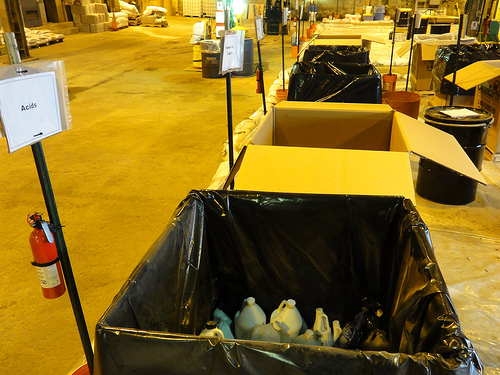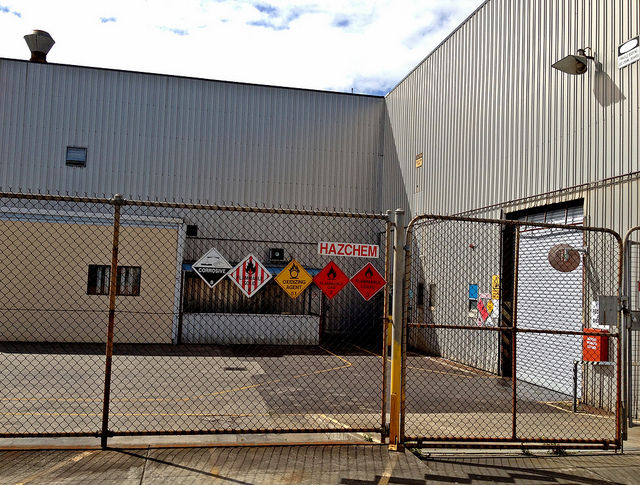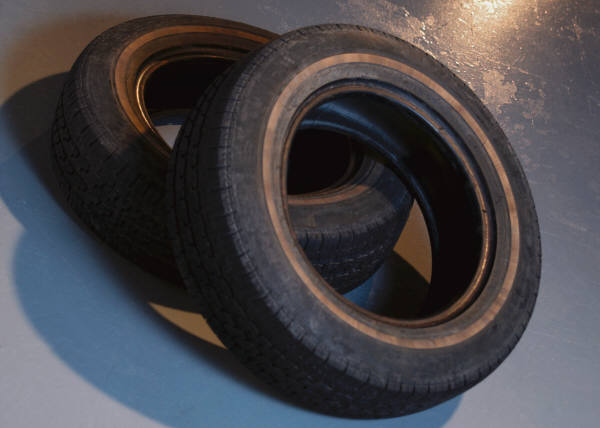The Resource Conservation and Recovery Act (RCRA) and its state counterparts provide requirements to govern hazardous wastes during every step of their management, from “cradle to grave.” Although these rules are intended to improve management and provide incentives for recycling and other beneficial uses of hazardous wastes, many organizations find many of the rules unnecessarily onerous – and therefore potentially counterproductive if they actually discourage beneficial activities. In addition, over time changes in technologies, commercial activities and regulatory priorities reveal gaps in existing rules. In January, the Environmental Protection Agency (EPA) revised its “Definition of Solid Waste” rules governing a number of potentially hazardous wastes that it instead considers to be “hazardous secondary materials”, and the range of recycling and recovery activities eligible for special regulatory considerations. The revisions become effective on July 13, 2015.
Audit, Compliance and Risk Blog
Tags: Environmental risks, Environmental, EPA, Hazcom, RCRA
After a facility determines it has generated hazardous waste, it must determine how to manage that waste in compliance with the federal Resource Conservation and Recovery Act of 1976 (RCRA), regulations issued by the US Environmental Protection Agency (EPA), and their state equivalents. (I recently wrote about hazardous waste determination, here and here).
Tags: Corporate Governance, Health & Safety, Environmental, EHS, EPA, Hazcom, RCRA
Waste Identification Part I: Is My Material A “Solid” “Waste”?
Posted by Jon Elliott on Mon, Dec 01, 2014
Federal and state laws govern “hazardous wastes”—the federal law is commonly called RCRA, after the Resource Conservation and Recovery Act of 1976. However, RCRA itself was enacted as an expansion of the prior Solid Waste Disposal Act (SWDA) of 1965, and requirements for both solid and hazardous wastes have been revised many times in recent decades. The US Environmental Protection Agency (EPA) administers these requirements nationally, delegating many provisions to individual states that qualify for authorization to assume regulatory roles.
Tags: Business & Legal, Health & Safety, Environmental risks, Environmental, EPA, Hazcom, RCRA
Environmental Compliance: EPA Adopts Hazardous Waste e-Manifests
Posted by Jon Elliott on Wed, Feb 26, 2014
The Resource Conservation and Recovery Act (RCRA) requires you to document all shipments of regulated hazardous wastes. Domestic transportation is documented using Uniform Hazardous Waste Manifests, which are shipping documents prescribed by the US Environmental Protection Agency (EPA) which revises Manifest forms occasionally—including major changes back in 2006. Now EPA has acted again, to create an electronic manifest (“e-Manifest”) option that will take force once EPA finishes the web-page data system required to receive and manage electronic filings.
Tags: Health & Safety, Environmental risks, Environmental, EPA, Hazcom, RCRA
EPA Excludes Solvent-Contaminated Wipes From RCRA Regulation
Posted by Jon Elliott on Wed, Aug 14, 2013
Tags: Business & Legal, Employer Best Practices, Health & Safety, Environmental risks, Environmental, EHS, EPA, RCRA
EPA Revises Standards for Identification of Non-Hazardous Secondary Materials
Posted by STP Editorial Team on Tue, Jun 18, 2013
Traditionally, industrial facilities have used fossil fuels such as coal, oil, and natural gas as their main source of energy. Over the years, however, facilities have sought to replace some or all of their fossil fuel with less expensive and more efficient alternative fuels from secondary materials. The Environmental Protection Agency (EPA) has regulated the combustion of such wastes under the Resource Conservation and Recovery Act (RCRA). Under RCRA, some of these secondary materials are classified as ''hazardous wastes,'' while others are referred to as ''non-hazardous secondary materials.'' Facilities that combust ''solid waste'' as defined by EPA under RCRA must be regulated by emission standards issued by EPA under section 129 of the Clean Air Act (CAA).
Tags: Business & Legal, Health & Safety, EPA, RCRA, CAA






